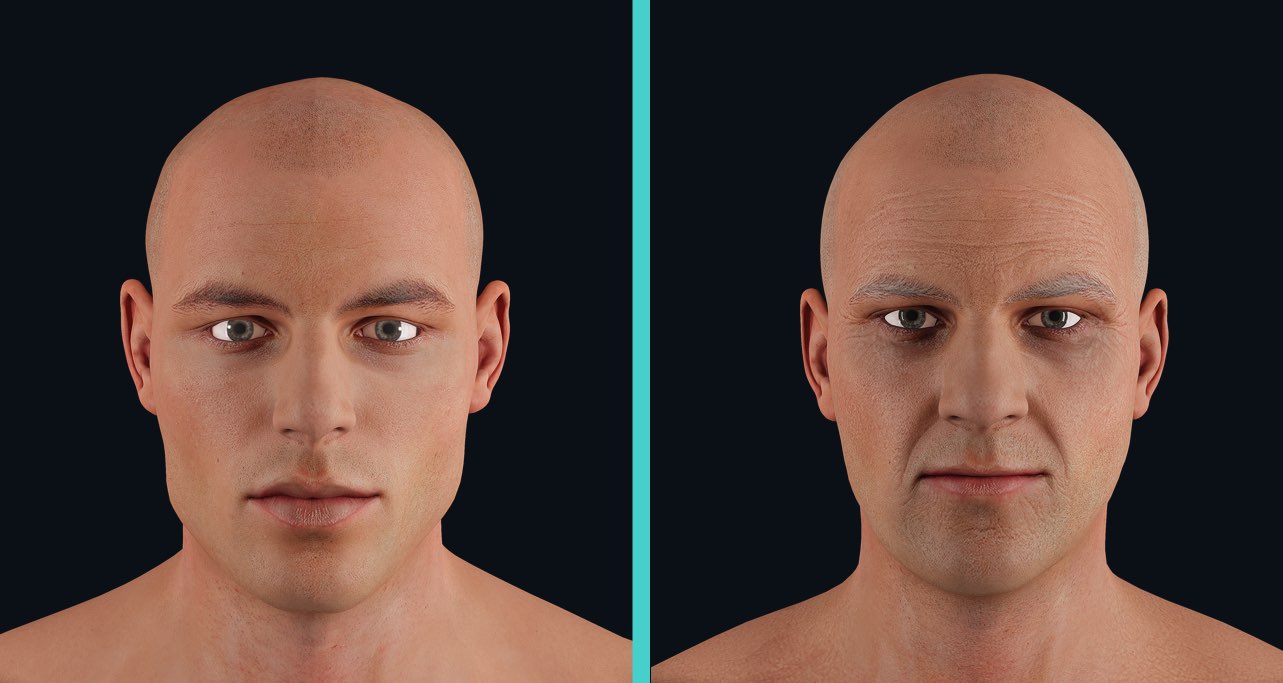
One of the inevitable facts of life is that we all grow older. Ultimately with aging comes many changes to our body. One of these being the dreaded onset of wrinkles and sagging of our face. ??
⌛ Through time our face encounters years of gravity, progressive bone resorption, decreased tissue elasticity, and redistribution of subcutaneous fullness.
The earliest onset of aging is not wrinkles, but reduction of skeletal volume. Bony areas start to shrink, especially around the eye sockets, under the nose, mouth, and chin/outer jaw line ?. These reductions, whether they be of bone or fat (deeper supraperiosteal fat and subcutaneous fat), contribute to a loss of tone in the outer tissue layers and laxity of finer ligaments.
Wrinkles appear as a result of our facial fat compartments shrinking and skin grooving into lines along ligaments. During all this, our dermis becomes weaker. Oil glands don’t produce as much oil. Pigment production becomes erratic. Blood vessels become dilated and visible.
The soft tissue laxity of the lower face can accompany the reduction in the size of the mandible. As a result, a jowl can develop from the distension of lower masseteric ligaments. This allows enlargement of the lower premasseteric space and the buccal fat pad to prolapse.
Some ways to prevent the onset of ageing include moisturizing ?, protecting yourself from the sun ?, not smoking ?, and staying hydrated ?.
Examine the minute details of the human body in stunning 3D, from the gross anatomy right down to the cellular level with Complete Anatomy. Try it for FREE today.